Growth in the Polymer Industry
The polymer industry is experiencing significant growth, which is a crucial driver for the Glacial Methacrylic Acid Market. This compound is essential in the production of various polymers, including polymethyl methacrylate (PMMA), known for its clarity and weather resistance. The demand for PMMA is projected to increase, particularly in the automotive and electronics sectors, where lightweight and durable materials are in high demand. The polymer market is expected to expand at a CAGR of approximately 6% in the coming years, indicating a strong potential for glacial methacrylic acid as a key raw material. As manufacturers continue to innovate and develop new polymer applications, the relevance of glacial methacrylic acid is likely to grow, thereby enhancing its market presence.
Expansion in the Coatings Sector
The coatings industry is witnessing a robust expansion, which serves as a significant driver for the Glacial Methacrylic Acid Market. This compound is utilized in the production of high-quality coatings that offer superior durability and aesthetic appeal. The Glacial Methacrylic Acid is anticipated to grow at a rate of around 4% annually, driven by increasing construction activities and the demand for protective coatings in various applications. Glacial methacrylic acid contributes to the formulation of coatings that are resistant to environmental factors, thus enhancing their longevity. As industries prioritize quality and performance, the incorporation of glacial methacrylic acid in coatings formulations is expected to rise, further boosting market dynamics.
Rising Demand in Adhesives and Sealants
The increasing demand for adhesives and sealants across various industries is a notable driver for the Glacial Methacrylic Acid Market. This compound is integral in formulating high-performance adhesives that exhibit excellent bonding properties. The construction and automotive sectors, in particular, are experiencing a surge in the use of advanced adhesives, which is projected to grow at a CAGR of approximately 5% over the next few years. As manufacturers seek to enhance product performance, the reliance on glacial methacrylic acid is likely to intensify, thereby propelling market growth. Furthermore, the trend towards lightweight materials in automotive applications necessitates the use of effective bonding agents, further solidifying the position of glacial methacrylic acid in the adhesives market.
Technological Innovations in Production
Technological advancements in the production processes of glacial methacrylic acid are emerging as a vital driver for the Glacial Methacrylic Acid Market. Innovations such as more efficient synthesis methods and improved purification techniques are enabling manufacturers to produce higher quality products at reduced costs. These advancements not only enhance the overall efficiency of production but also contribute to sustainability efforts by minimizing waste and energy consumption. As the industry moves towards more eco-friendly practices, the adoption of these technologies is expected to increase, thereby fostering market growth. Furthermore, the ability to produce glacial methacrylic acid with greater consistency and purity is likely to attract more applications, further solidifying its market position.
Increasing Regulatory Support for Specialty Chemicals
The regulatory landscape is becoming increasingly favorable for specialty chemicals, including glacial methacrylic acid, which acts as a significant driver for the Glacial Methacrylic Acid Market. Governments are implementing policies that promote the use of advanced materials in various applications, particularly in construction and automotive sectors. This regulatory support is likely to encourage manufacturers to adopt glacial methacrylic acid in their formulations, as it meets stringent performance and safety standards. Additionally, the push for sustainable practices is prompting industries to seek out high-performance materials that align with regulatory requirements. As a result, the market for glacial methacrylic acid is expected to benefit from these supportive measures, leading to increased adoption and growth.


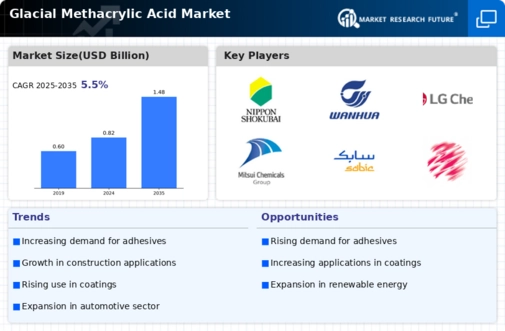

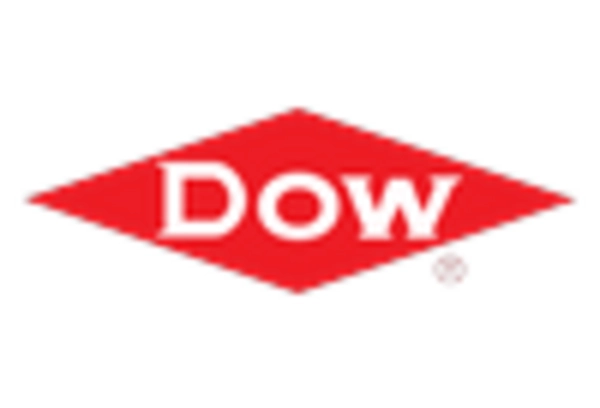
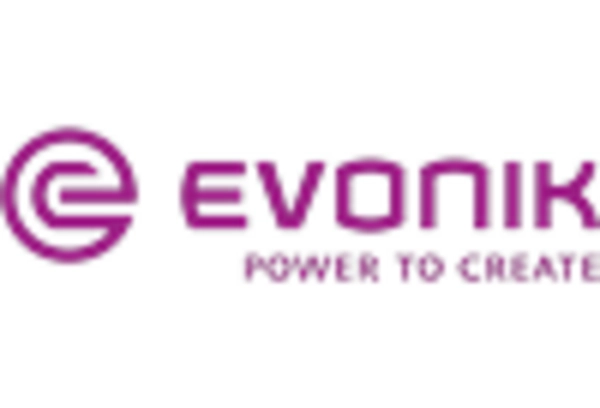

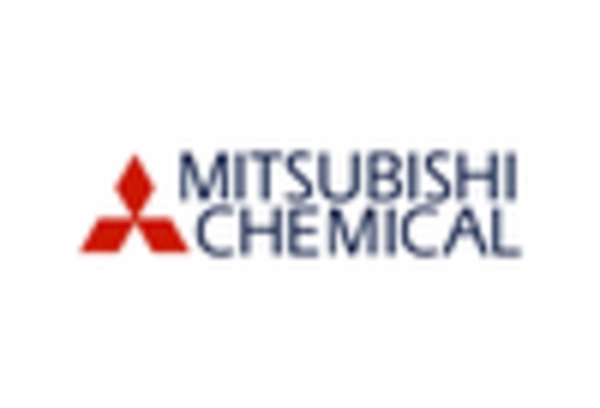
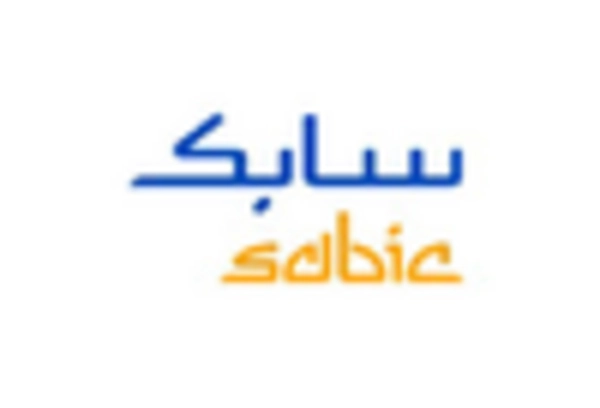








Leave a Comment